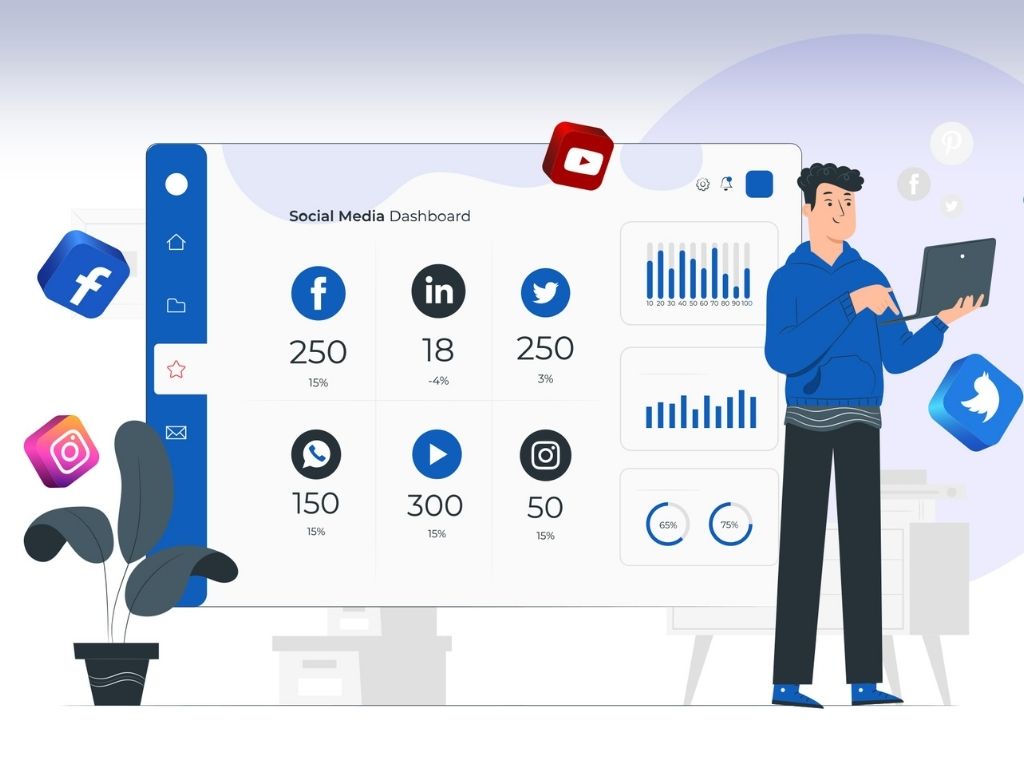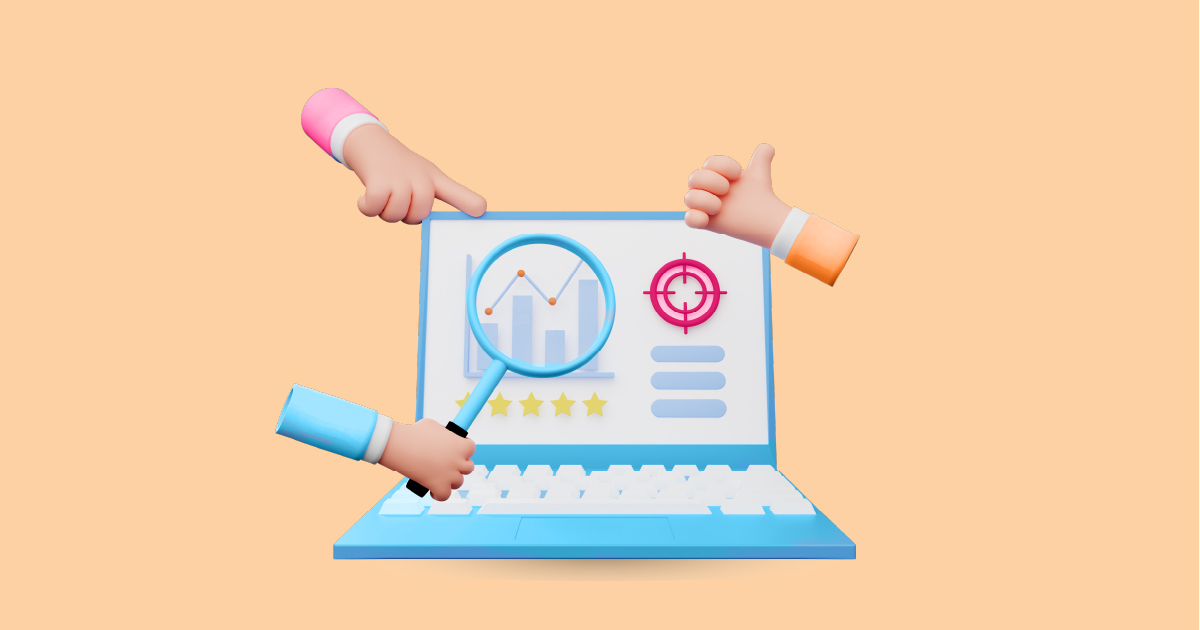In the ever-evolving world of digital media, keeping a close eye on what’s being said about your brand is crucial. Enter media listening tools, the unsung heroes of the marketing world. But what exactly are these tools, and why are they becoming a must-have for businesses of all sizes?
What Are Media Listening Tools?

Media listening tools are software applications designed to track, monitor, and analyze online conversations across various media channels. These tools allow brands to keep tabs on everything from social media mentions to news articles, blogs, forums, and even podcasts. Think of them as a giant net, capturing every ripple of conversation happening online about your brand.
Importance of Media Listening in Today’s Digital Age
In today’s hyper-connected world, conversations about your brand are happening 24/7. Whether it’s a tweet, a blog post, or a viral news story, people are talking—and you need to listen. Media listening tools give businesses the ability to stay ahead of these conversations, ensuring they never miss a beat.
How Do Media Listening Tools Work?
At their core, media listening tools work by collecting data from various online platforms. They scan the web, social media, and even traditional media outlets to identify mentions of your brand, products, or industry-related topics.
Collecting Data Across Platforms
These tools cast a wide net across platforms like Twitter, Facebook, LinkedIn, news websites, blogs, and forums. The goal is to capture every piece of content that mentions your brand or related keywords.
Analyzing Sentiment and Engagement
Once data is collected, media listening tools analyze the sentiment behind the conversations. Is the mention positive, neutral, or negative? They also measure engagement levels—how many people are sharing, liking, or commenting on the content?
Key Features
A good media listening tool is packed with features that go beyond basic monitoring. Here are some key elements that make them stand out:
Real-Time Monitoring
The ability to monitor conversations in real-time is critical. This feature allows businesses to respond immediately to positive feedback or potential PR crises.
Sentiment Analysis
This feature helps determine the emotional tone behind a mention. Is the conversation about your brand positive, negative, or neutral? Sentiment analysis helps you understand the public’s perception.
Competitive Benchmarking
Many media listening tools also allow you to track your competitors. This feature gives you insights into how you stack up against others in your industry.
Benefits
Why should you invest in media listening tools? Here are some compelling reasons:
Enhanced Brand Awareness
By tracking online mentions, businesses can gauge how well their brand is resonating with their target audience. This heightened awareness can guide future marketing strategies.
Identifying Consumer Trends
Media listening tools are a treasure trove of insights into emerging trends. By analyzing conversations, brands can stay ahead of the curve and adapt their strategies accordingly.
Crisis Management
Media listening tools provide an early warning system for potential PR disasters. Catching negative mentions early allows brands to respond quickly and mitigate damage.
Popular Media Listening Tools in 2024
There are several media listening tools available today, each offering unique features. Here are a few popular options:
Mention
Known for its real-time alerts, Mention is a great tool for monitoring brand mentions across social media and the web.
AIM Insights
A robust tool that provides deep insights into consumer sentiment and trends, AIM Insights is popular among larger companies.
Hootsuite
Although best known for social media management, Hootsuite also offers media listening capabilities, making it a versatile tool.
Real-Time Monitoring and Why It Matters
The speed at which online conversations unfold can be overwhelming. Real-time monitoring allows businesses to stay on top of these fast-moving conversations and react immediately, whether it’s engaging with positive feedback or addressing complaints.
Media Listening vs. Social Listening
While these terms are often used interchangeably, there are subtle differences. Media listening covers a broader spectrum, including traditional media like news outlets and blogs, while social listening focuses solely on social media platforms. Both complement each other, offering a more comprehensive understanding of brand perception.
How to Choose the Right Media Listening Tool
Selecting the right tool can be daunting. Start by defining your business needs—what are you hoping to achieve? Do you need real-time updates or deeper analytics? Factor in the tool’s features, ease of use, and pricing before making a decision.
The Role of AI in Media Listening Tools
AI plays a massive role in media listening today, offering automated insights and predictive analytics. These advanced features help businesses anticipate trends and react accordingly, all while reducing manual work.
How Media Listening Enhances Content Strategy
By listening to what your audience is talking about, you can identify content gaps and tailor your strategy to meet their needs. Media listening tools provide valuable insights into the type of content that resonates with your audience, allowing you to create more engaging and relevant content.
The Importance of Sentiment Analysis in Media Listening
Sentiment analysis is a game-changer for understanding how people feel about your brand. By tracking the emotional tone of mentions, you can measure public perception and take proactive steps to manage negative sentiment before it spirals out of control.
Media Listening for Crisis Management
In the event of a crisis, media listening platforms can be your first line of defense. By tracking negative mentions in real-time, businesses can act quickly to resolve issues and control the narrative.
Media Listening and Customer Feedback
Media listening tools offer unfiltered access to customer feedback. This real-time feedback can help improve products and services, ensuring that businesses stay aligned with consumer expectations.
Future Trends
As AI and machine learning technologies continue to evolve, media listening tools will become even more powerful. Expect to see more advanced personalization features and predictive analytics, allowing businesses to tailor their strategies with pinpoint accuracy.
Conclusion
In an age where online conversations can make or break a brand, media listening tools are invaluable. They provide real-time insights into what your audience is saying, help manage crises, and guide content strategies. As these tools continue to evolve, businesses that leverage them will stay ahead of the competition.
If you’re looking to elevate your brand’s media listening efforts, consider requesting a demo from AIM Technologies. Our innovative solutions can help you monitor, analyze, and respond to conversations that matter most to your brand. Request your demo today and start unlocking the power of media listening!
FAQs
1. What is the difference between media listening and social listening?
Media listening covers a broader range of platforms, including traditional media, while social listening focuses solely on social media channels.
2. Can media listening tools help with crisis management?
Yes, they can alert you to potential issues early, allowing you to respond quickly and mitigate PR crises.
3. How do I choose the right media listening tool?
Consider your business needs, budget, and the features each tool offers before making a decision.
4. Why is sentiment analysis important in media listening?
Sentiment analysis helps you understand the emotional tone of conversations, giving you insights into public perception.
5. What are the future trends in media listening tools?
Expect to see more AI-driven features, such as predictive analytics and advanced personalization.




